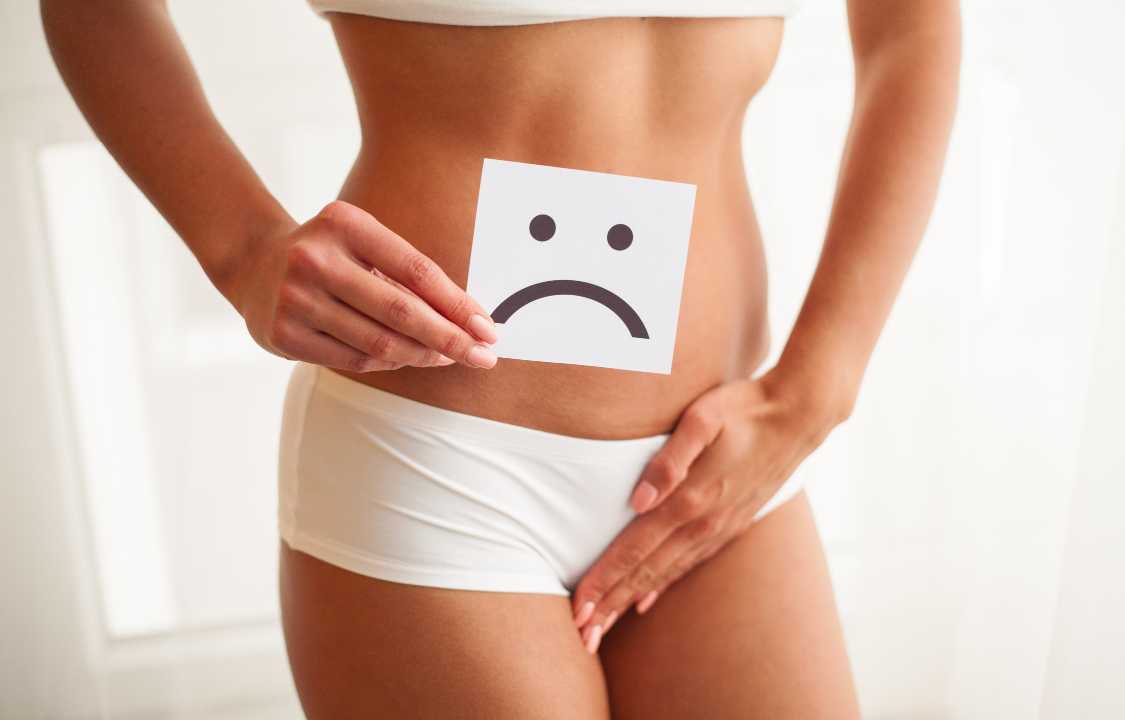Yeast infections, medically referred to as candidiasis, are a group of fungal infections that can affect various parts of the body, including the skin, mouth, nails, and genitals. These infections are caused by an overgrowth of Candida yeast, a fungus that normally resides on the skin and within the mouth, gut, and vagina without causing any issues. However, when Candida overpopulates, it can lead to infection.
The symptoms of a yeast infection can vary depending on the location of the infection, with each type manifesting distinct signs. Here, we’ll delve into the common types of yeast infections, their symptoms, and when it’s crucial to seek medical attention.
Common Symptoms of Yeast Infections
One of the hallmark symptoms of various yeast infections is a red, itchy skin rash. This rash can emerge on different parts of the body, including:
1. Skin Folds: Such as the armpits, groin, and under the breasts.
2. Between Fingers or Toes: Where skin tends to rub together.
3. Around Nail Beds: Particularly common in cases of nail yeast infections.
4. Corners of the Mouth: Known as oral thrush.
5. Genitals: In cases of vaginal or penile yeast infections.
6. Anus: Sometimes leading to discomfort and itching.
Skin Yeast Infection Symptoms
Skin yeast infections often occur in areas where skin folds, such as the groin or under the breasts, create a warm, moist environment ideal for Candida growth. Symptoms may include:
- Red Skin Lesions
- Small Red Pimples Surrounding the Lesions
- Itchy Patches of Skin
- In Severe Cases: Skin may crack or form painful blisters and sores.
Yeast Diaper Rash Symptoms in Children
Babies in diapers are susceptible to yeast diaper rash, as Candida thrives in warm, moist environments. Symptoms can include:
- A Red Rash with a Slightly Raised Edge
- Rash Is Confined to the Diaper Area
- Pus-Filled Blisters, Pimples, or Sores
- Scaly Yellow or Red Patches on the Genitals
- Small Red Patches Touching the Edge of Larger Ones
Vaginal Yeast Infection Symptoms
Vaginal yeast infections, also known as vulvovaginal candidiasis, result from an overgrowth of yeast inside the vagina and the surrounding vulva tissue. Symptoms may include:
- Itchiness Inside and Around the Vagina
- Redness and Swelling of the Vagina and Vulva
- Burning Sensation in the Vagina and Vulva
- Pain During Urination
- Pain During Sexual Intercourse
- Vaginal Soreness
- Thick, White, Clumpy Vaginal Discharge (resembling cottage cheese)
In rare cases, severe infections can lead to swelling and cracking of the vaginal walls.
Oral Thrush Symptoms
Oral thrush, or oral candidiasis, affects the mouth and throat due to yeast overgrowth in these areas. Symptoms may include:
- White Patches Inside the Cheeks
- White Patches on the Tongue, Roof of the Mouth, and Throat
- A Red or Sore Mouth and Throat
- Dry Mouth
- Loss of Taste
- Painful Swallowing
- Redness or Cracks at the Corners of the Mouth
Breastfeeding mothers may experience nipple or breast involvement if their baby has oral thrush.
Nail Yeast Infection Symptoms
Yeast infections can develop around fingernails and toenails, especially when these areas are irritated and frequently exposed to moisture. Symptoms may include:
- Red and Itchy Skin Around the Nail Bed
- Degraded Cuticles
- Baggy Skin Around the Nail Bed (sometimes with pus)
- Discolored Nails
- Hardening of the Nails
If left untreated, nail yeast infections can progress to the point where the nails may fall off.
Penile Yeast Infection Symptoms
Penile yeast infections, known as candida balanitis or candidal balanoposthitis, can affect the penis or both the penis and foreskin. Symptoms may include:
- Red, Swollen, or Sore Penis Head
- Itchy, Red Skin Around the Penis Head
- Burning Sensation During Urination
- Pain During Sexual Intercourse
- Small, Pus-Filled Bumps on the Penis
- White Patches on the Penis
Uncircumcised individuals may also experience white, foul-smelling discharge (smegma) under the foreskin, and severe cases may lead to foreskin cracks and bleeding.
Esophageal Candidiasis Symptoms
Esophageal candidiasis occurs in the esophagus, the tube connecting the throat and stomach. It is most common in individuals with weakened immune systems, such as those with HIV or AIDS. Symptoms may include:
- Difficulty Swallowing
- Painful Swallowing
- Chest Pain (behind the breastbone)
Invasive Candidiasis Symptoms
Invasive candidiasis is a rare, severe form of yeast infection that can affect the bloodstream, heart, brain, eyes, or bones. Symptoms may not always be clear, especially in individuals with underlying health conditions. The most common symptom is a persistent fever and chills that don’t resolve with antibiotics, which may have been initially prescribed for suspected bacterial infections.
When to Seek Medical Attention
If you experience any yeast infection symptoms, it’s essential to consult a healthcare provider for proper diagnosis and treatment. This is especially important if you frequently get yeast infections, have never had one before, or are pregnant. If you develop a fever and chills along with yeast infection symptoms, seek medical attention promptly.
Over-the-counter antifungal treatments are available for some yeast infections, but self-diagnosis can be risky, as symptoms can mimic other conditions. Incorrect use of antifungals can lead to treatment resistance. A healthcare provider can accurately diagnose the condition and recommend appropriate treatment, which may include prescription oral or topical antifungals.
In conclusion, yeast infections, caused by Candida overgrowth, can affect various parts of the body, each with its set of symptoms. Recognizing these symptoms and seeking timely medical advice is crucial for effective treatment and overall health. Remember that accurate diagnosis and treatment can help you avoid complications and discomfort associated with yeast infections.

